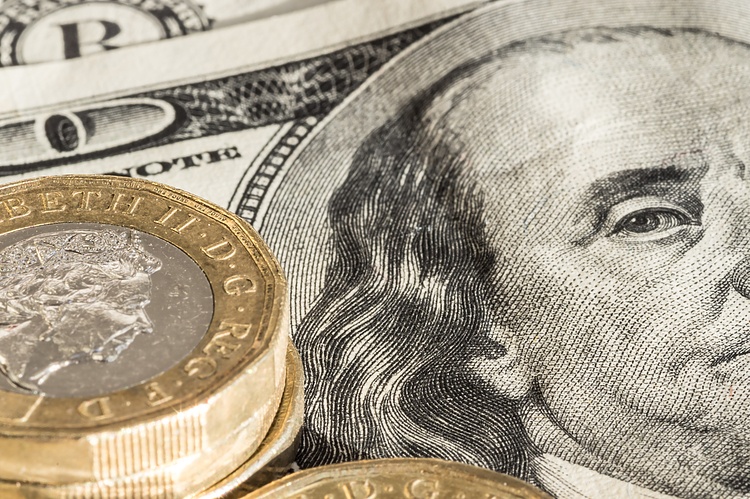The Pound Sterling experienced a sharp drop below the 1.2700 mark as risk aversion led to a decrease in most G7 currencies, with safe-haven currencies like the US Dollar being the exception. This came as political instability in Europe caused the Euro to plummet against the Swiss Franc, resulting in the GBP/USD pair falling by 0.62% and trading at 1.2683. The uncertainty in the market has caused investors to turn towards safer assets, boosting the value of the US Dollar.
The Pound Sterling’s decline against the US Dollar continued, with the GBP weakening to nearly 1.2660 in the American session as the Greenback saw a rally. The US Dollar Index, which measures the Dollar against six major currencies, rose to 105.75, marking a second consecutive day of gains. Despite soft economic data in the US, including the Consumer Price Index and Producer Price Index for May, the Fed’s hawkish outlook on interest rates has propelled the Dollar higher. This has put pressure on other currencies, including the Pound Sterling.
In order for the bulls to regain control of the GBP/USD pair, it needs to break above the 1.2800 resistance level. Despite trading with a negative bias for two days in a row, the pair has managed to hold above the previous day’s low in the mid-1.2700s. The subdued price action of the US Dollar has provided some support for the Pound Sterling, allowing it to potentially see modest gains for the week. However, market conditions remain uncertain, and any further developments could impact the pair’s movement.
The uncertainty in the market has led to increased volatility in currency pairs like the GBP/USD. Traders are closely monitoring economic data releases and geopolitical events to gauge the direction of the market. The Pound Sterling’s performance against the US Dollar will depend on various factors, including the strength of the US economy, the Fed’s monetary policy decisions, and Brexit-related developments. In the short term, the GBP/USD pair may continue to face downward pressure as investors seek safer assets amidst market turmoil.
As the Pound Sterling struggles against the US Dollar, traders are advised to exercise caution and closely monitor market developments. Technical analysis suggests that the GBP/USD pair needs to break above the 1.2800 level to signal a potential reversal in its current downward trend. A failure to breach this resistance level could result in further losses for the Pound Sterling. It is important for traders to stay informed and be prepared for any sudden shifts in market sentiment that could impact currency pairs like the GBP/USD.
In conclusion, the GBP/USD pair has faced downward pressure in recent sessions as risk aversion and the Fed’s hawkish outlook on interest rates have boosted the US Dollar. The Pound Sterling’s performance against the Greenback will depend on various economic and geopolitical factors in the coming days. Traders should remain vigilant and adapt their trading strategies accordingly to navigate the volatile currency markets.











